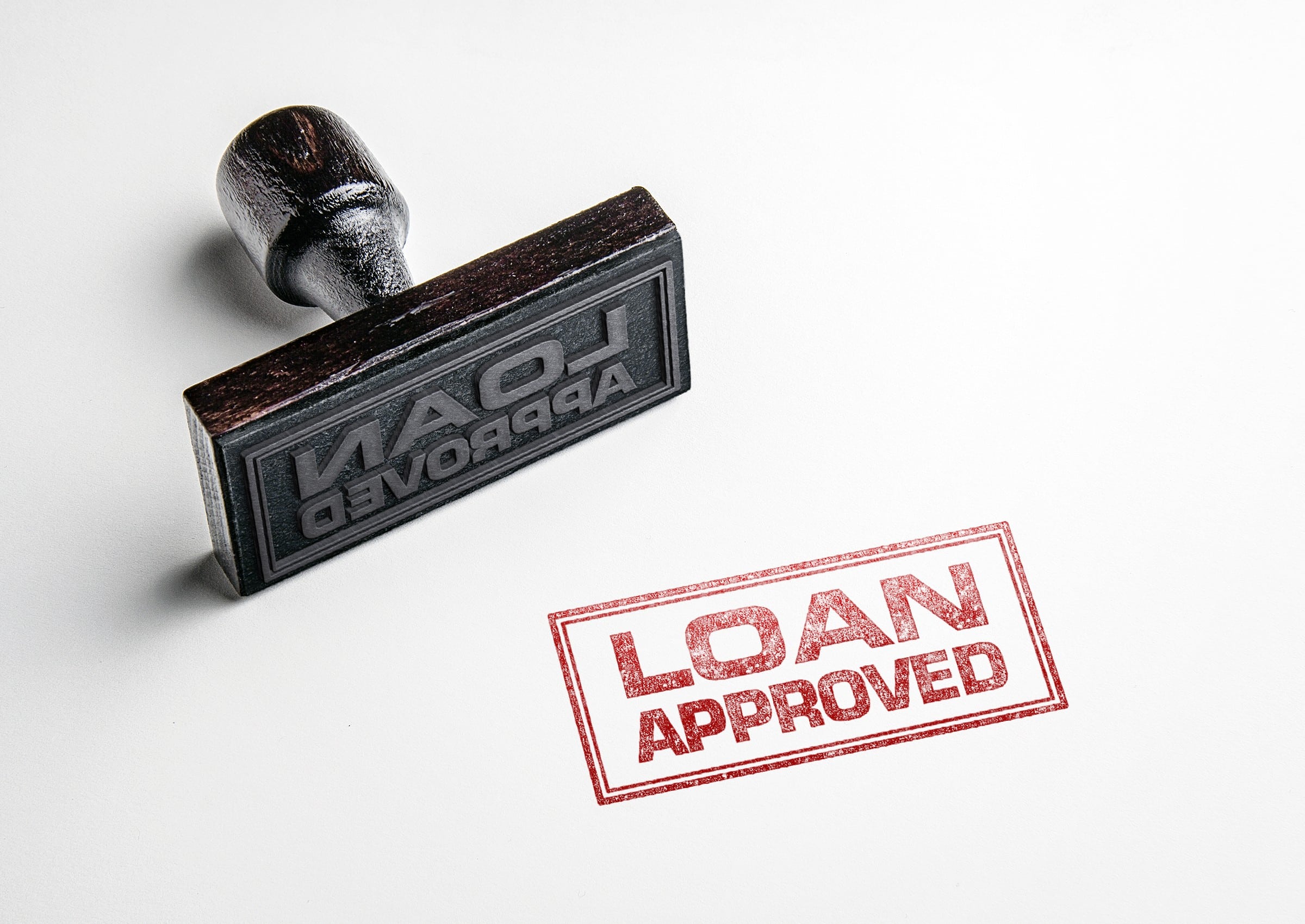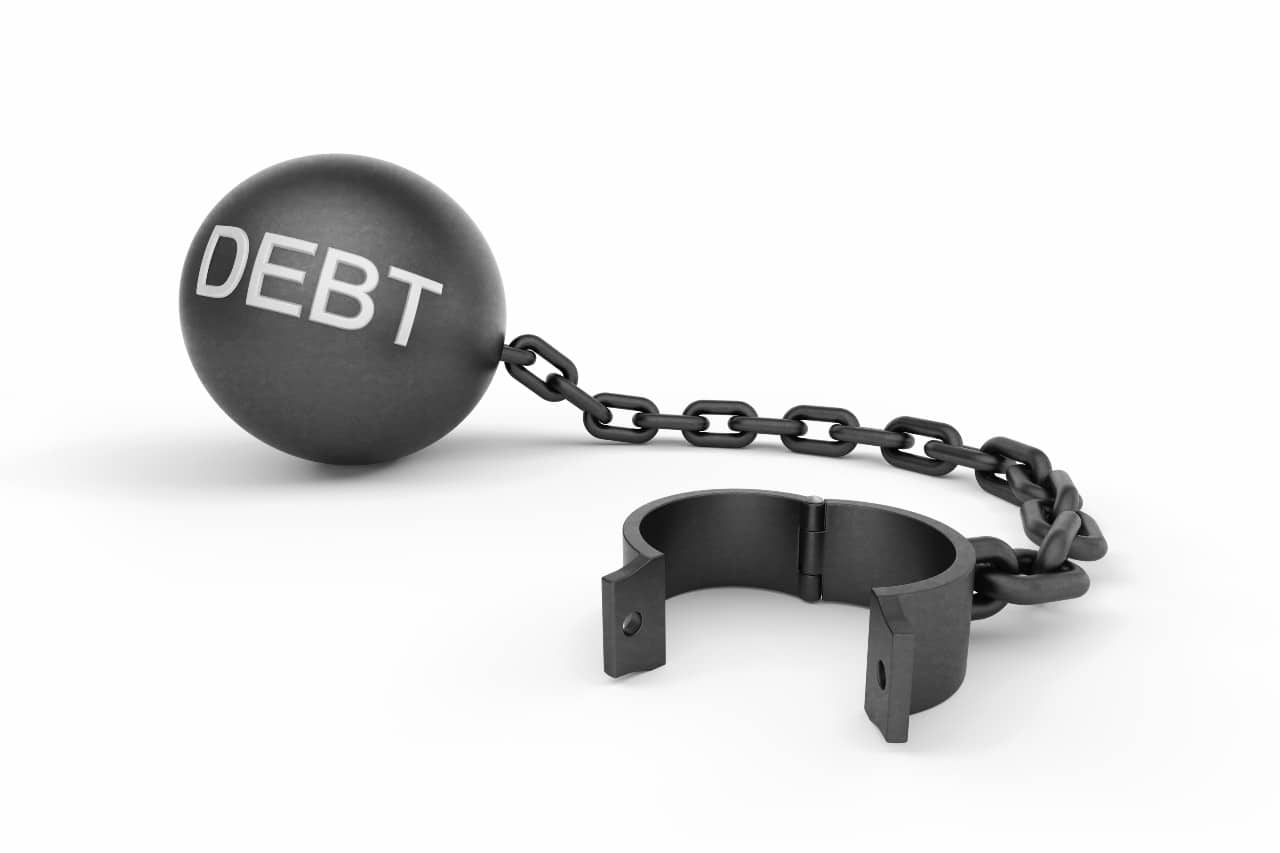There’s been an important change when it comes to liens and Notices of Security Interest (NOSI). It’s a good idea to spread the word—especially because it can affect people’s finances. If you’ve never heard of NOSIs or don’t know how they work, don’t worry. We’re going to dive into what this change means, how it could impact people financially, and, more importantly, how you can avoid falling into financial distress.
Let’s break things down in simple terms so it’s easy to understand. But first, let’s touch on some key ideas that will help make sense of it all.
What is a NOSI?
A NOSI is a way for someone, like a contractor or builder, to secure payment for the work they do or for the materials they provide. When you hire someone to work on your home or personal property, they want to make sure they’ll get paid for the work. A NOSI acts like a warning that the contractor or builder has a claim on your property if you don’t pay them for the work done. Think of it like a contractor saying, “I worked on your house, and if you don’t pay me, I have a right to put a lien on it.”
This can be especially important in cases where you hire a contractor, but they bring in a subcontractor to help with some of the work. Both the main contractor and the subcontractor can file a NOSI. That’s why it’s important to understand who is doing work on your home and what legal rights they might have.
What’s changed and why it matters?
These changes to NOSIs protect homeowners from unnecessary financial stress. Sometimes, people end up with a property lien on their home without realizing it. This happens when the contractor they hired doesn’t pay the subcontractor or someone else they bought materials from. If that subcontractor or supplier doesn’t get paid, they can file a builder’s lien (or builders’ lien, as it’s sometimes spelled) on the property—even if the homeowner already paid the contractor!
This can put homeowners in a tough spot. Suddenly, they have a lien on their home. They’re forced to pay twice: once to the contractor they hired and again to the subcontractor or supplier who didn’t get paid. This type of situation is a big reason why homeowners should know about the Construction Lien Act and how it works in Canada.
As of June 6, 2024, the Ontario Government passed the Homeowner Protection Act, which expired Notices of Security Interest (NOSIs) registered on homeowners’ property titles for consumer goods, like water heaters. This means businesses can no longer use NOSIs to collect money for these items.
What is a builder’s lien?
A builder’s lien (also called a construction lien) is a legal claim against a property by someone who wasn’t paid for labour or materials they provided. The lien gives the unpaid worker or supplier a legal right to the property, even though they don’t own it. Unresolved claims make it difficult to sell or refinance the property.
The Construction Lien Act sets out the rules for how and when to file a lien. In Canada, different provinces may have their own versions of this act, but they all have the same basic idea: to protect contractors, builders, and suppliers by giving them a way to secure payment for their work or goods.
What can homeowners do to protect themselves?
To avoid falling into financial trouble, homeowners need to take a few important steps when dealing with home improvement projects.
1. Know who you’re hiring
Make sure you fully understand who you’re hiring and what their role will be in the project. If the contractor is bringing in subcontractors, ask questions about them too. Do a lien check to verify that no liens have been filed against these people in the past. This offers peace of mind that the people working on your property have a clean record when it comes to getting paid for their work.
2. Get everything in writing
Always have a clear contract in place before any work starts. The contract should outline who is responsible for paying subcontractors and suppliers, how payments will be handled, and what will happen if there are payment disputes. This way, there’s no confusion about who owes what and to whom. Having a strong contract can protect you if someone tries to file a lien against your property later.
3. Protect your payments
When you pay for work or materials, make sure the payments are secure. One way to do this is by asking for lien waivers from the contractor and subcontractors. Lien waivers are documents that prevent people from filing a lien against the property. They help homeowners avoid dealing with unexpected liens.
4. Get legal advice
If things start to get complicated, seek legal advice. A lawyer who knows about real estate law and liens can help you understand your rights and what steps to take. This is especially important if you find yourself dealing with a property lien or other legal claims on your home. Getting legal help early can prevent bigger problems down the line.
What if you’re already in financial distress?
If you’re already facing financial distress because of a lien, don’t panic. There are steps you can take to get out of it.
1. Talk to the contractor
The first thing to do is talk to the contractor or subcontractor who filed the lien. Sometimes, misunderstandings or mistakes happen, and a simple conversation can clear things up. If they agree that the lien was filed by mistake or if you can work out a payment plan, you might be able to resolve the issue without too much trouble.
2. Negotiate a settlement
If the contractor or subcontractor still insists on the payment, you can try to negotiate a settlement. You could end up paying less than what’s claimed on the lien or working out a payment plan. Again, this is where legal advice can be helpful.
3. Look Into financing options
If you need to pay off the lien but don’t have the money on hand, you might consider refinancing your home or taking out a loan. Just be careful to avoid putting yourself in more debt. It’s important to weigh your options carefully and choose a solution that won’t cause more financial stress in the future.
4. Clear the lien
Once the issue is resolved, verify the lien has been officially removed from your property records. This might involve filing paperwork with the local government or having the lien holder sign documents to release the lien. With the lien resolved, you can move forward without worrying about it affecting your property or your finances.
Conclusion
Dealing with liens, whether they’re tax liens, property liens, or construction liens, can be stressful. But with the new changes to NOSIs and by taking smart steps to protect yourself, you can avoid many of these problems. Always do your research, make sure your payments are secure, and don’t hesitate to get legal advice if you need it. By staying informed and proactive, you can protect your property and your financial well-being.










